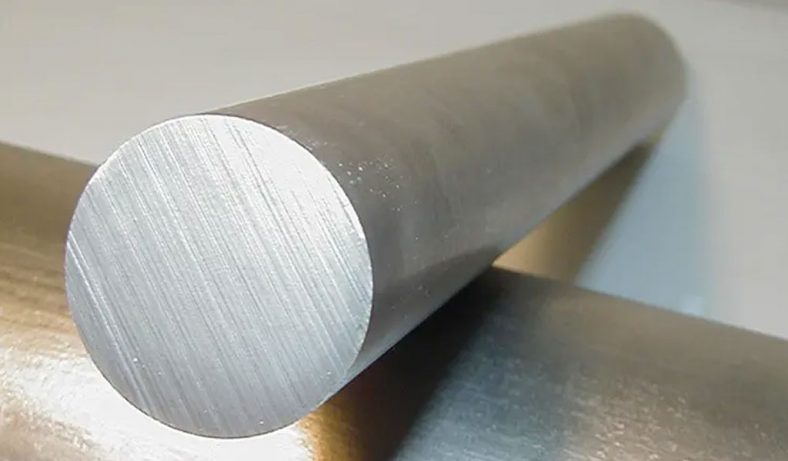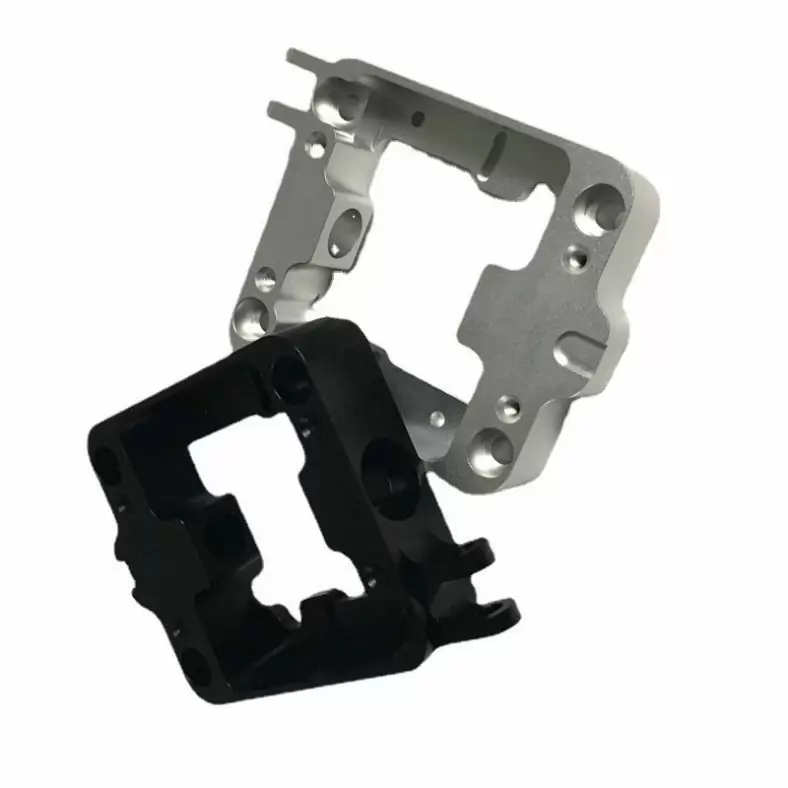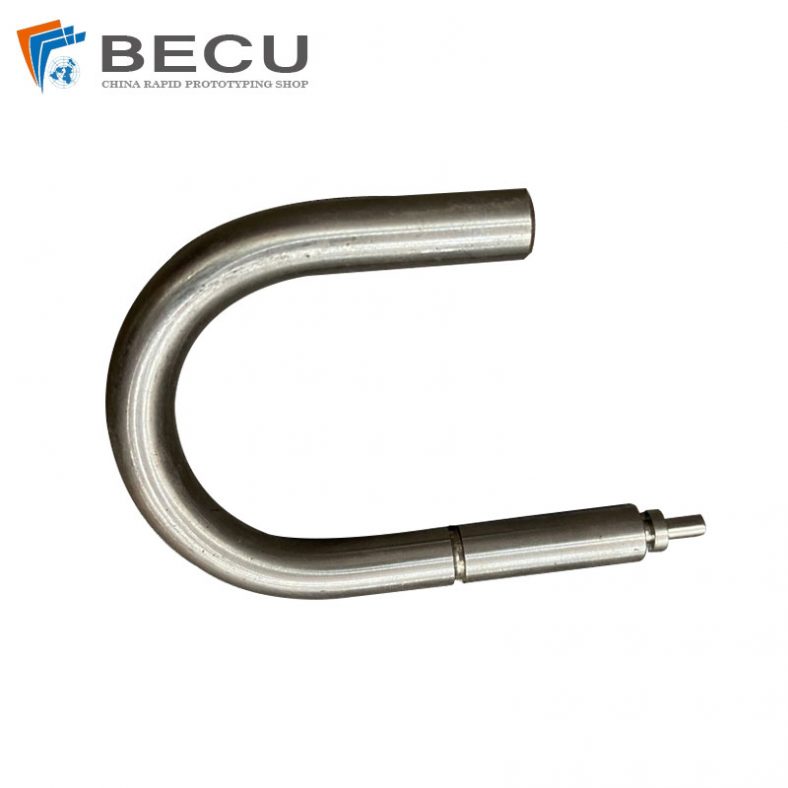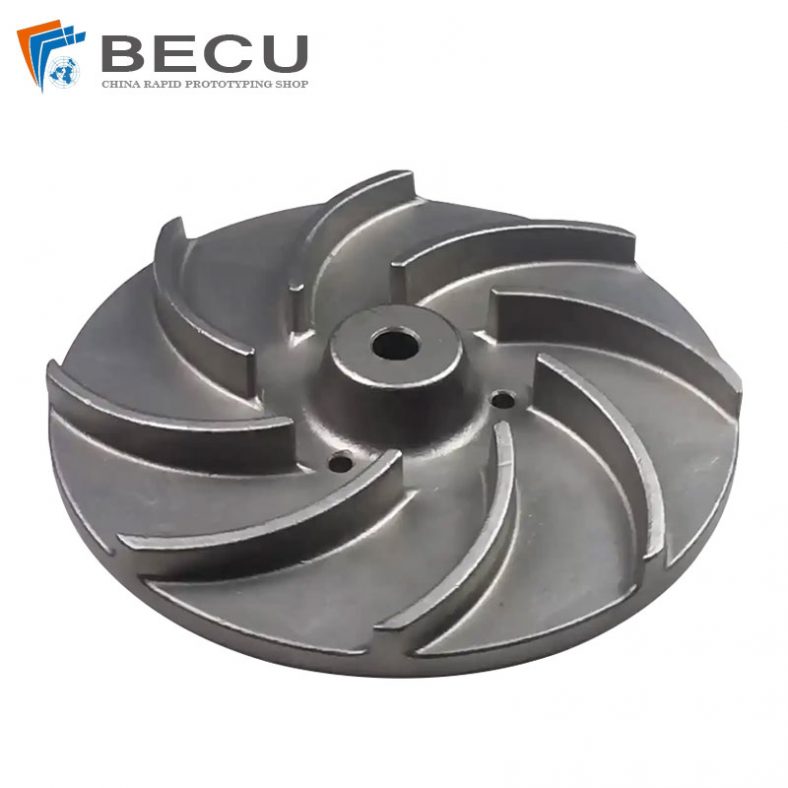When it comes to choosing materials for various applications, the choice between titanium and stainless steel is often a critical one. Both materials have unique properties and advantages that make them suitable for a wide range of uses, from aerospace engineering to medical implants and everyday consumer products. In this extensive article, we will delve deep into the world of titanium and stainless steel, exploring their characteristics, applications, advantages, disadvantages, and sustainability. By the end of this comprehensive comparison, you will have a thorough understanding of when to choose titanium and when to opt for stainless steel.
View More Articles:

Understanding Titanium and Stainless Steel
Titanium and stainless steel are both utilized in lots of industrial and commercial applications, the primary difference between titanium and stainless steel starts from their composition and characteristics.
They also have different performances in CNC machining and other fabrication processes.By the time you finish reading, you will be well-equipped to make informed decisions when choosing between these two remarkable materials.
So, let’s embark on a journey through the world of titanium and stainless steel to uncover the strengths and weaknesses of each and ultimately, discover which material suits your specific needs.Below is a comparative chart table summarizing the key differences between titanium and stainless steel:
| Property | Titanium | Stainless Steel |
|---|---|---|
| Composition | Chemical element (Ti) | Alloy (Iron, Chromium, Nickel, Molybdenum, and more) |
| Strength-to-Weight Ratio | High (Similar to steel but 45% lighter) | High |
| Corrosion Resistance | Excellent, especially in aggressive environments | Excellent, with potential for corrosion in extremely harsh conditions |
| Density | Low (about 45% lighter than steel) | High |
| Thermal Conductivity | Low | Moderate to High |
| Electrical Conductivity | Low | Moderate to High |
| Melting Point | High (Approx. 3,034°F or 1,668°C) | High (Varies with alloy type) |
| Cost | High (Production and processing costs are significant) | Moderate to High |
| Biocompatibility | Excellent (Commonly used in medical implants) | Varied (Some grades are biocompatible) |
| Aesthetic Variety | Color customization possible through anodizing | Classic metallic appearance |
| Ease of Fabrication | Moderately challenging due to reactivity | Relatively easy to fabricate |
| Recyclability | Recyclable, with significant recycled content | Highly recyclable |
| Magnetic Properties | Non-magnetic | Varies (some stainless steel grades are magnetic) |
| Applications | Aerospace, medical implants, sports equipment, chemical processing | Construction, kitchenware, automotive, industrial machinery |
What is Titanium?
Titanium is a chemical element known for its exceptional properties, making it a valuable material in various industries. It has the atomic symbol Ti and an atomic number of 22, placing it in the transition metal category of the periodic table. Discovered in 1791 by William Gregor, titanium is relatively abundant in the Earth’s crust, although extracting and processing it into a usable form can be challenging due to its reactivity with oxygen and other elements.
Key characteristics of titanium include:
- Strength: Titanium is renowned for its impressive strength-to-weight ratio. It is as strong as steel but about 45% lighter, making it a favored choice for applications where weight reduction is crucial, such as aerospace and medical implants.
- Corrosion Resistance: Titanium exhibits exceptional resistance to corrosion, especially in harsh environments like saltwater and acidic conditions. This resistance is due to the formation of a protective oxide layer on its surface, which prevents further oxidation.
- Biocompatibility: Titanium is biocompatible, meaning it is well-tolerated by the human body and doesn’t typically elicit adverse reactions. This property makes it a popular material for medical implants like dental implants, joint replacements, and surgical instruments.
- Low Thermal Conductivity: Titanium has a relatively low thermal conductivity, making it useful in applications where heat insulation is required. This property is valuable in aerospace and industrial settings.
- High Melting Point: Titanium has a high melting point of approximately 3,034 degrees Fahrenheit (1,668 degrees Celsius), allowing it to maintain its structural integrity at elevated temperatures.
What is Stainless Steel?
Stainless steel is a versatile and widely used alloy composed primarily of iron (Fe), chromium (Cr), and varying amounts of other elements such as nickel (Ni), molybdenum (Mo), and manganese (Mn). The term “stainless” is aptly applied to this material due to its remarkable resistance to corrosion, staining, and rusting. Stainless steel owes its corrosion resistance to the formation of a thin, passive oxide layer on its surface, primarily composed of chromium oxide.
Key characteristics of stainless steel include:
- Strength and Durability: Stainless steel is known for its strength and durability. It can withstand heavy loads and harsh environmental conditions, making it suitable for structural applications, kitchenware, and industrial equipment.
- Cost-Effectiveness: Stainless steel is often a cost-effective choice due to its longevity and low maintenance requirements. Its initial cost may be higher than some materials, but its long lifespan often justifies the investment.
- Aesthetic Variety: Stainless steel is available in a wide range of surface finishes and grades, offering aesthetic versatility. It can be polished to a mirror-like shine or given a matte finish, catering to various design preferences.
- Recyclability: Stainless steel is highly recyclable, with a significant portion of the world’s stainless steel supply being produced from recycled materials. This makes it an environmentally friendly option.
- Ease of Fabrication: Stainless steel is relatively easy to fabricate and weld, making it a favored choice for a variety of manufacturing processes, from architectural applications to industrial machinery.
In the subsequent sections of this article, we will explore these materials in more depth, delving into their specific properties, applications, advantages, disadvantages, sustainability aspects, and guidance on choosing between them for different purposes. Understanding the unique characteristics of titanium and stainless steel is essential for making informed decisions in various industries and applications.
Titanium vs. Stainless Steel: What’s the Difference and Which is Better?
When it comes to choosing between titanium and stainless steel, the decision often boils down to the specific requirements of the application. Both materials have their unique strengths and weaknesses, and determining which one is better depends on factors such as the intended use, environmental conditions, cost considerations, and design preferences. In this section, we will highlight the key differences between titanium and stainless steel and help you decide which material might be the better choice for your needs.
1. Strength and Weight:
- Titanium: Titanium is known for its impressive strength-to-weight ratio. It is as strong as steel but approximately 45% lighter. This characteristic makes titanium an excellent choice for applications where weight reduction is critical, such as aerospace components, racing bicycles, and high-performance sports equipment.
- Stainless Steel: Stainless steel is undoubtedly strong and durable but is significantly denser than titanium. This means that for applications where weight is a concern, stainless steel may not be the optimal choice due to its higher density.
- Better Choice: Titanium is better if you require high strength with minimal weight.
2. Corrosion Resistance:
- Titanium: Titanium exhibits exceptional corrosion resistance, particularly in aggressive environments like saltwater and acidic conditions. It forms a protective oxide layer on its surface, preventing further corrosion. This property makes titanium suitable for marine applications, chemical processing equipment, and medical implants.
- Stainless Steel: Stainless steel is renowned for its resistance to rust and corrosion. The chromium content in stainless steel forms a passive oxide layer that protects the underlying metal. However, in extremely corrosive environments, stainless steel may corrode over time, albeit at a slower rate than many other materials.
- Better Choice: Both materials offer strong corrosion resistance, but titanium may have a slight edge in highly aggressive conditions.
3. Cost-Effectiveness
- Titanium: Titanium is known for its high production and processing costs. It’s an exotic material, and extracting and refining titanium ore is an energy-intensive process. Consequently, products made from titanium tend to be more expensive compared to stainless steel equivalents.
- Stainless Steel: Stainless steel is generally more cost-effective than titanium. It’s widely available and can be manufactured using various production methods, including recycling, which can help reduce costs.
- Better Choice: Stainless steel is the better choice if cost is a significant consideration.
4. Biocompatibility
- Titanium: Titanium is biocompatible, which means it is well-tolerated by the human body and doesn’t typically provoke adverse reactions. This property makes it a preferred material for medical implants, including dental implants and joint replacements.
- Stainless Steel: While some grades of stainless steel are considered biocompatible, others may contain elements that can cause allergic reactions in certain individuals. It’s essential to select the appropriate grade of stainless steel for medical applications.
- Better Choice: Titanium is typically the better choice for medical implants and applications requiring direct contact with the human body.
5. Aesthetic Variety
- Titanium: Titanium can be anodized to produce a range of vibrant colors. This property makes it popular in jewelry and consumer products where aesthetics are important.
- Stainless Steel: Stainless steel offers a more classic, metallic appearance. While it can be polished to a high shine or given various surface finishes, it may not provide the same color customization options as titanium.
- Better Choice: It depends on the desired aesthetics. Titanium is better if you seek colorful options, while stainless steel offers a more traditional metallic look.
In the titanium vs. stainless steel debate, there is no one-size-fits-all answer. Both materials have their strengths and weaknesses, and the choice ultimately depends on the specific needs of your application. Consider factors such as strength, weight, corrosion resistance, cost, biocompatibility, and aesthetics when making your decision. In many cases, the ideal choice may even involve a combination of both materials to maximize the benefits of each.
Tianium CNC Machining vs Stainless Steel Machining
Titanium CNC machining and stainless steel machining are two distinct processes used for creating parts and components from different materials. Both materials have unique properties and characteristics that make them suitable for various applications, and the choice between them depends on the specific requirements of a project. Let’s compare the two:
Material Properties:
Titanium:
Titanium is a lightweight and exceptionally strong metal with a high strength-to-weight ratio.
It has excellent corrosion resistance, making it suitable for applications in harsh environments, such as aerospace and medical implants.
Titanium is biocompatible, making it ideal for medical devices.
It has low thermal conductivity, which can be both an advantage and a challenge in machining.
Stainless Steel:
Stainless steel is a group of corrosion-resistant alloys that contain iron, chromium, and sometimes other elements like nickel and molybdenum.
It is known for its durability, corrosion resistance, and versatility.
Stainless steel comes in various grades, each with specific properties suited for different applications.
Machinability:
Titanium:
Titanium can be challenging to machine due to its low thermal conductivity and high chemical reactivity at high temperatures.
Specialized tooling and cooling methods are often required for efficient titanium machining.
Slower cutting speeds and feed rates are typical when machining titanium.
Stainless Steel:
Stainless steel is generally easier to machine than titanium.
It can be machined using conventional machining processes and tooling.
The machinability of stainless steel can vary depending on the specific grade and hardness.
Applications:
Titanium:
Titanium is commonly used in aerospace components, medical implants, chemical processing equipment, and marine applications.
Its combination of strength and corrosion resistance is valuable in environments where weight is a critical factor.
Stainless Steel:
Stainless steel finds applications in a wide range of industries, including construction, automotive, food processing, and medical equipment.
Its resistance to corrosion and staining makes it popular for kitchen appliances and architectural structures.
Cost:
Titanium is generally more expensive than stainless steel, both in terms of material cost and machining cost due to its challenging machinability.
Weight:
Titanium is significantly lighter than stainless steel, which can be advantageous in applications where weight reduction is essential.
The choice between titanium CNC machining and stainless steel machining depends on factors such as the specific requirements of the project, budget constraints, and the desired properties of the final product. While titanium offers superior strength-to-weight ratios and corrosion resistance, it comes at a higher cost and requires more specialized machining processes. Stainless steel, on the other hand, is more readily machinable and is suitable for a wide range of applications where corrosion resistance and durability are important.








